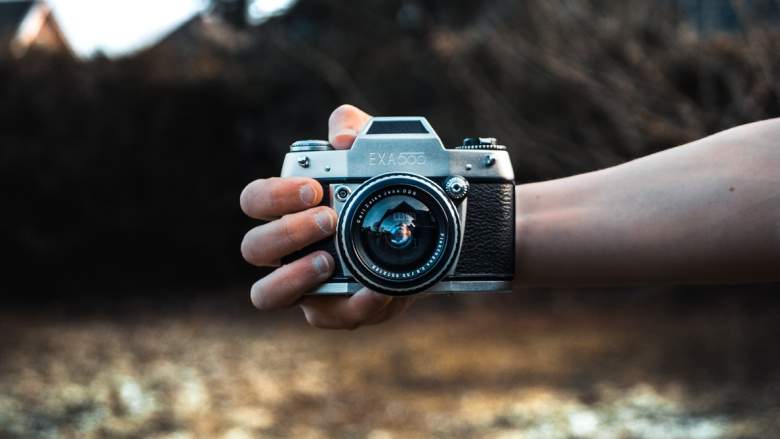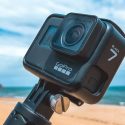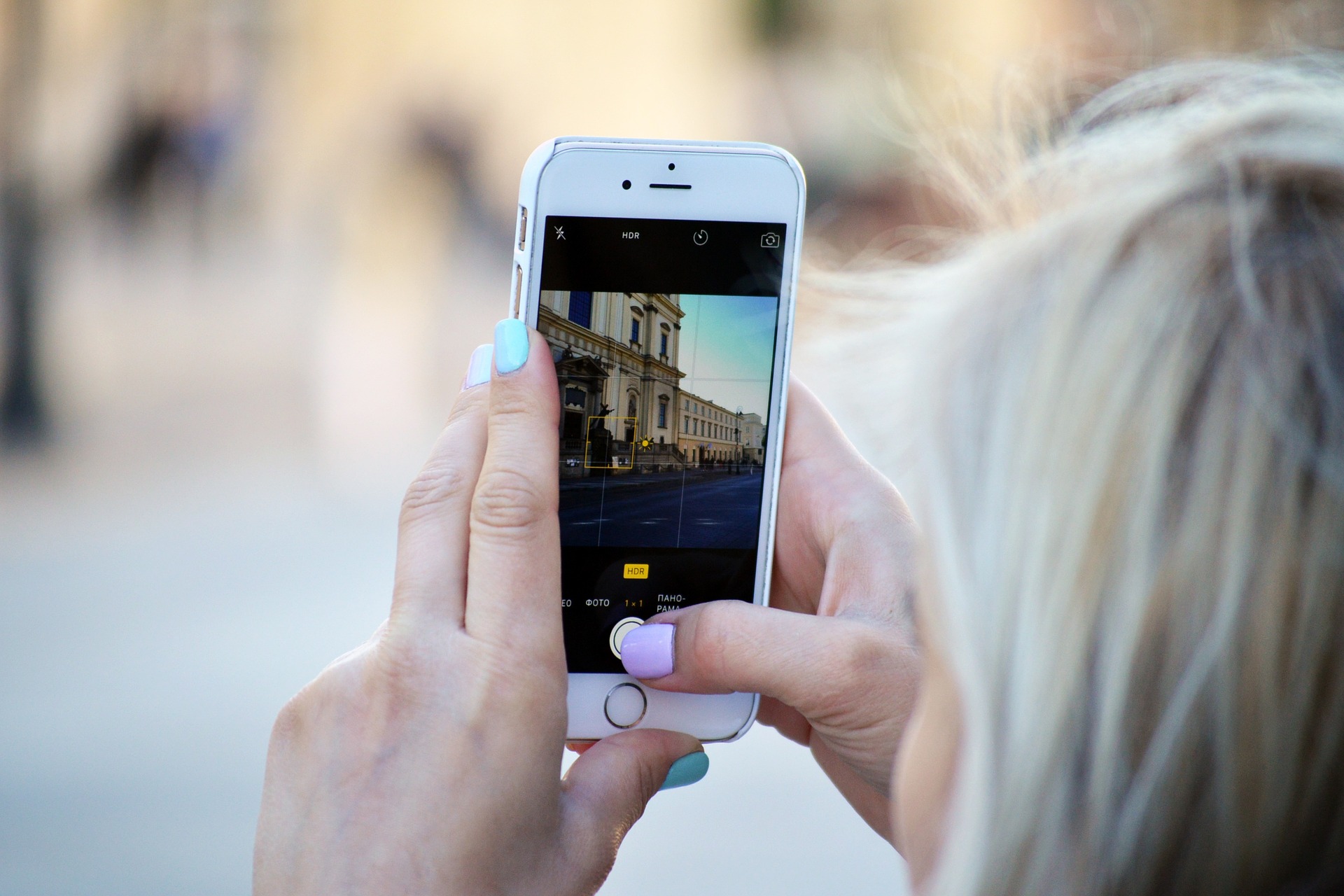Many travelers like to capture amazing pictures on their travels. And these photos are the best memory of your journey that you can look back after years. But, lots of people are not very sure what is the best camera for travel to buy or how much they need to spend. In this post, we will outline some specifications you must look for and ones you must not. It is very important that you do not spend your money on the features you just will not use now and even in the future. Thus, here are a few details of specs that you must look for or ones you must not for the beginners.
Sensor Size
Fine, so this will be confusing for the people but the sensor size is highly important. You might have heard term “full frame” and “cropped sensor” both the terms determine if sensor is full 35mm sensor or it is cropped sensor. The full 35 mm sensor will be equal to old film frame on the film cameras. So, in short, sensor size is 35 mm x 24 mm. The cropped sensor is a bit smaller. The popular crop is 1.5 and it makes the sensor 23.5mmx15.6mm.

How this it matter?
Suppose you buy 20mm lens & put this on the camera with 1.5 cropped sensors, then lens may have the similar field of the view as 30mm lens on the full frame. Suppose you want to shoot picture with the wide angle lens then you will have to buy the lens according to your sensor type. So, in my view, it is not very important to have both if you are starting out.
Pixels
Biggest selling point for cameras nowadays is the pixels; let us explain why it is not very important as you actually think. The pixels are number of small dots or squares created when light hits on the camera’s sensor. There’re million pixels to one megapixel. Nowadays, cameras generally come with many of them and it is really tough to find the camera with below 12 megapixels. Suppose you don’t plan on selling the photos as the large prints then number isn’t very important. The 12megapixel camera can do fine for everything that you want. Reason is 12 million of pixels are sufficient to print the image in good quality to 15×9 in or 38×23cm.
ISO
ISO is the sensitivity level of the sensor. Higher the number, more sensitive to light that means less light will be required to take the photo, but, higher ISO creates more noise and grain in the photo. The low ISO means that more light will be required but tighter the grain that means less noise.


